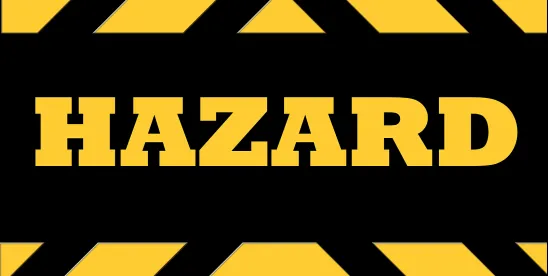In May 2024, the Occupational Safety and Health Administration (OSHA) issued a final rule to amend the Hazard Communication Standard (HCS), aligning it more closely with the seventh revision of the United Nations’ Globally Harmonized System of Classification and Labeling of Chemicals (GHS).
This amendment aims to improve communication about chemical hazards and enhance worker safety by ensuring employees are well-informed about chemical hazards they may encounter. This, in turn, is expected to reduce the occurrence of chemical-related occupational illnesses and injuries.
Key Updates to the HCS
The amended HCS introduces several important updates:
- Revised Definitions and Classifications: The final rule revises definitions and hazard classifications to be more consistent with the latest GHS standards. This includes new classifications for aerosols, desensitized explosives, and flammable gases. The updates also provide more detailed criteria for the classification of specific health and physical hazards.
- Updated Labels and Safety Data Sheets: Labels must feature specific hazard information according to updated classifications and follow a structured format. This format includes product identifier(s), signal word(s), hazard statement(s), precautionary statement(s), pictogram(s), and the manufacturer’s or distributor’s contact information. Safety Data Sheets (SDSs) must also follow a standardized 16-section format to ensure that critical safety information is consistently presented. The final rule underscores the importance of updating SDSs to reflect the latest hazard information.
- Refining Precautionary Statements. Precautionary statements provide clear instructions on how to minimize or prevent adverse effects from exposure or the improper storage or handling of hazardous chemicals. There are four types of precautionary statements: “prevention,” “response,” “storage,” and “disposal.” The labels must present the core information of precautionary statements in bold text, with any additional details shown in plain text. The rule also allows flexibility in text choices and combinations to ensure that labels are informative and tailored to specific conditions and hazards.
Recommendations for Employers
To comply with OSHA’s final rule, employers with chemical hazards in the workplace should take the following steps:
- Review and Update Labels and Safety Data Sheets: Employers should review the new requirements of the HCS and update chemical hazard labels and SDSs accordingly. They should also revise their employment policies and procedures to ensure compliance with the final rule’s requirements.
- Provide Employee Training: Employees should receive training on the new hazard classifications and labeling requirements. This training should cover how to read and interpret the updated labels and SDSs and understand the implications of the new hazard classifications for workplace safety.
- Coordinate with Suppliers and Manufacturers: Employers should communicate with their chemical suppliers and manufacturers to receive updated SDSs and ensure that all labels are compliant with the new standards.




 />i
/>i

